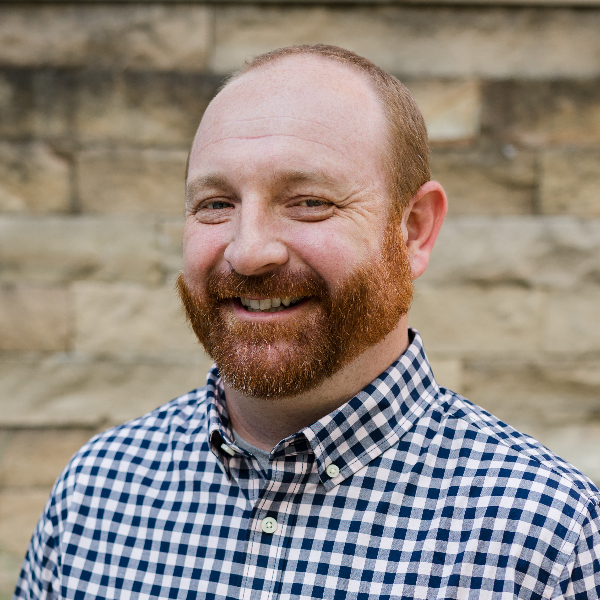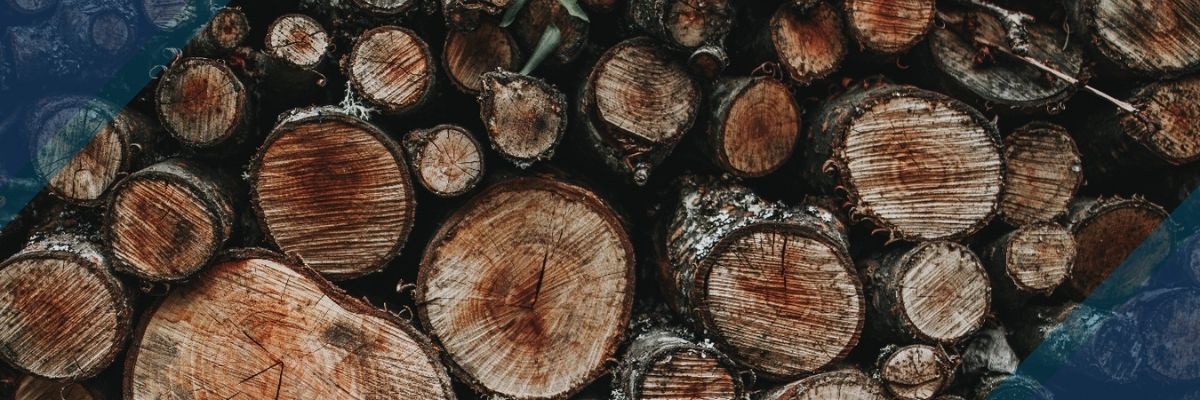In the News: Finding Somali Life in Minnesota
This week in the news, the New York Times posted a feature piece that further underscores the importance of the Peoples Next Door project. The article is titled, “Finding Somali Life in Minnesota,” and details a photographer that wanted to document the Somali people. His first attempts were, of course, to go to Somalia, but that is a hard place to enter and stay. Instead, he went to Minnesota.
Let that sink in for a minute.
This photographer realized it was easier to reach the Somali people in Minneapolis than in Mogadishu. How much more so is that the case for missionaries? Again, we need to be sending many more people overseas as missionaries. I am not arguing against that. I am saying we need to open our eyes to the Great Commission possibilities right around us.
I really suggest you read the article in full, as it contains some interesting tidbits about the Somali people and life in America for foreign born people groups. However, I pulled just a couple of points to digest here.
They know the negative stereotypes given to them.
“They are portrayed as pirates, terrorists or victims of war and famine in Africa and as ISIS recruits or refugees leeching off the system in the United States,” claims Mr. Nazaryan, the photographer. In his dealings, most of them were rather skeptical of him because they were afraid he thought they were all terrorist, despite the fact that they were not connected at all. Nazaryan goes on to state, “In reality they are hardworking, resourceful people who have managed terrible circumstances with incredible resilience and grace.”
Personally, I have experienced the same thing working with Somali peoples in the US. They are very suspicious initially. However, that suspicion is born out of the real fear that everyone around them thinks they are terrorists. After you get to know them, at least the ones I have met, they are resilient and resourceful and usually rather kind.
Even the second generation keeps their cultural identity.
One of the highlights of the article was Nazaryan’s description of the second generation students he met. He spent time photographing at school (which was 75% Somali, mind you), and his details are significant for ministry.
He notes that the children born in the US have picked up pieces of American culture, and on the surface act a lot like other American children. They listen to the same music, speak English in school, and use Twitter. He goes deeper though, and that is where he gets it right. He notes that even though the children functioned in American society, they still tended to hang out with each other and usually used the Somali language for any conversational talk. “They’re definitely very proud to be Somali, and they’re deeply religious,” Nazaryan notes. This is profound for ministry to internationals in the US.
Much of the time we look at the surface-level aspects of culture, see a young adult listening to top-40 music and speaking English well in the classroom, and assume that they have assimilated into the greater culture. Then, we think we can minister to them in the same manner we always do. After all, they speak English, and they listen to the same music as our kids and even start to dress like them. However, culture is like an iceberg, and there are many deep issues that do not rest on the surface. These issues are identity issues, worldview issues, and the things that make people tick. For many (maybe most) second generation residents, these deep-level cultural issues are still wedded to their family’s culture. English and hip-hop are, in many ways, things done to fit into the world where they find themselves. In the home, where the guard is down, these kids are still Somali.
I encourage you to read the article in full. This is the world we now live in here in the United States, and God has a purpose for our churches in the midst of this world.
Photo By AMISOM Public Information (Flickr) [CC0], via Wikimedia Commons




